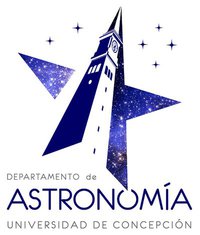
Welcome to the Homepage
of the Theory Group
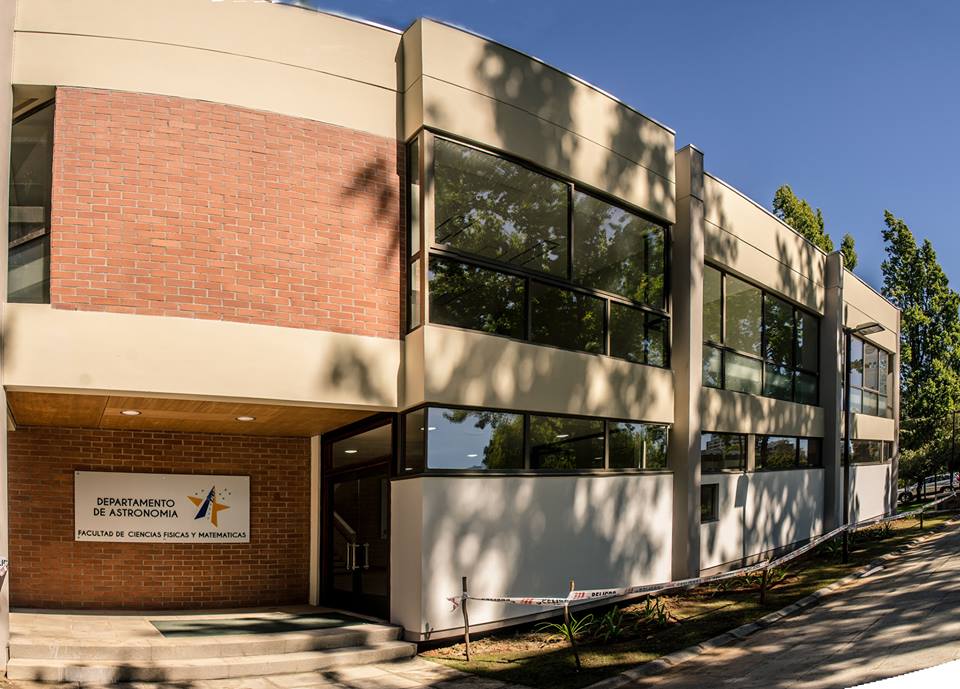

 |
Welcome to the Homepage
|
 |
Research AreasThe theory group at the Department of Astronomy (DdeA) exists since 2009. It started with the arrival of Dr. Michael Fellhauer in late 2008, the first theoretical astronomer at the DdeA, and his first student Paulina Assmann, starting her PhD in numerical simulations of the formation of dwarf spheroidal galaxies (dSph), in 2009. Today, the theory group consists of two professors (Dr. Dominik Schleicher started in March 2015), two post-docs and nine students. The theory group works mainly in the field of numerical simulations in stellar dynamics and hydrodynamics. In the 7 years of existence the theory group published more than 45 articles in refereed journals and saw the finalisation of 1 PhD, 3 Magister and 4 titulo theses. We acquired 7 FONDECYT projects (3 regular, 4 postdoctorado) and are part of CATA. We have established national and international working collaborations with groups all over the world (e.g. Germany, UK, China,...). The students have presented successfully their work in many national and international conferences.
News: An extensive catalogue of early-type galaxies in the nearby universeWe present a catalogue of 1715 early-type galaxies from the literature, spanning the luminosity range from faint dwarf spheroidal galaxies to giant elliptical galaxies. The aim of this catalogue is to be one of the most comprehensive and publicly available collections of data on early-type galaxies. The emphasis in this catalogue lies on dwarf elliptical galaxies, for which some samples with detailed data have been published recently. For almost all of the early-type galaxies included in it, this catalogue contains data on their locations, distances, redshifts, half-light radii, the masses of their stellar populations and apparent magnitudes in various passbands. Data on metallicity and various colours are available for a majority of the galaxies presented here, including many of the rather faint early-type galaxies in the Local group. The data on magnitudes, colours, metallicities and masses of the stellar populations is supplemented with entries that are based on fits to data from simple stellar population models and existing data from observations. Also, some simple transformations have been applied to the data on magnitudes, colours and metallicities in this catalog, in order to increase the homogeneity of this data. Estimates on the Sersic profiles, internal velocity dispersions, maximum rotational velocities, dynamical masses and ages are listed for several hundreds of the galaxies in this catalogue. Finally, each quantity listed in this catalogue is accompanied with information on its source, so that users of this catalogue can easily exclude data that they do not consider as reliable enough for their purposes.The catalogue files can be downloaded here. The Theory Group in Concepcion was hosting the MODEST 15 - "Modelling (and Observing) Dense Stellar Systems" - international conference at the University of Concepcion, March 2nd-6th, 2015. |
|
In particular we are interested in:
|
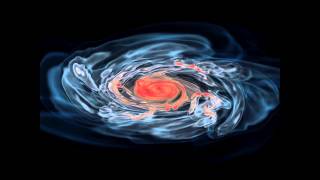
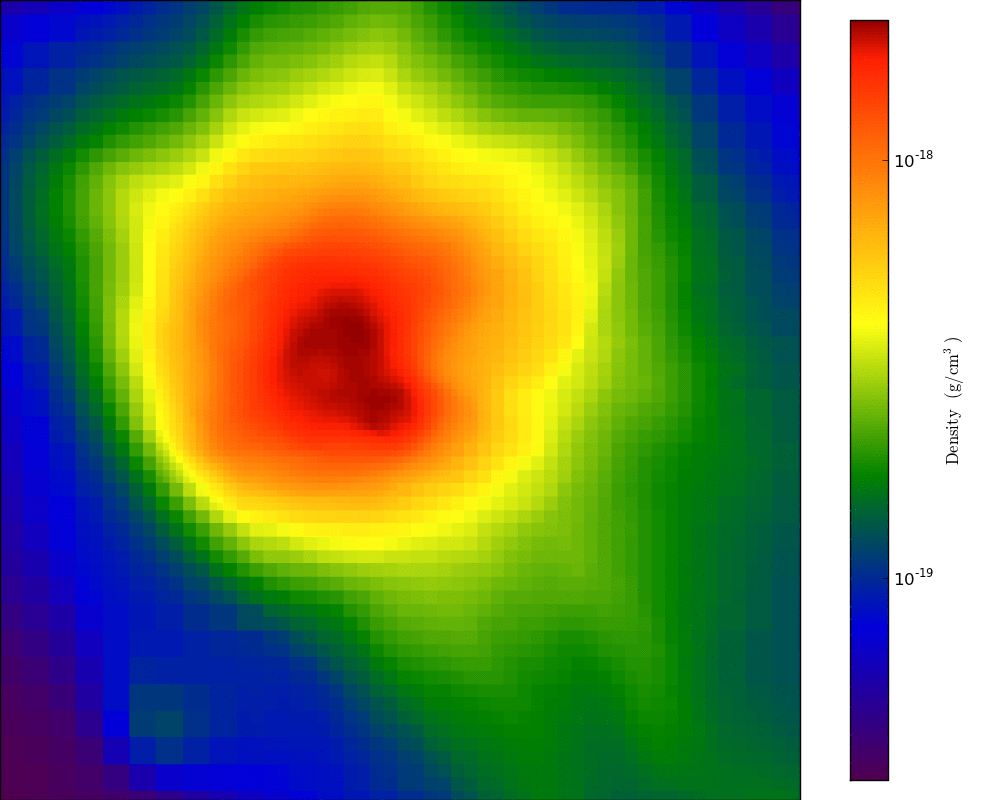
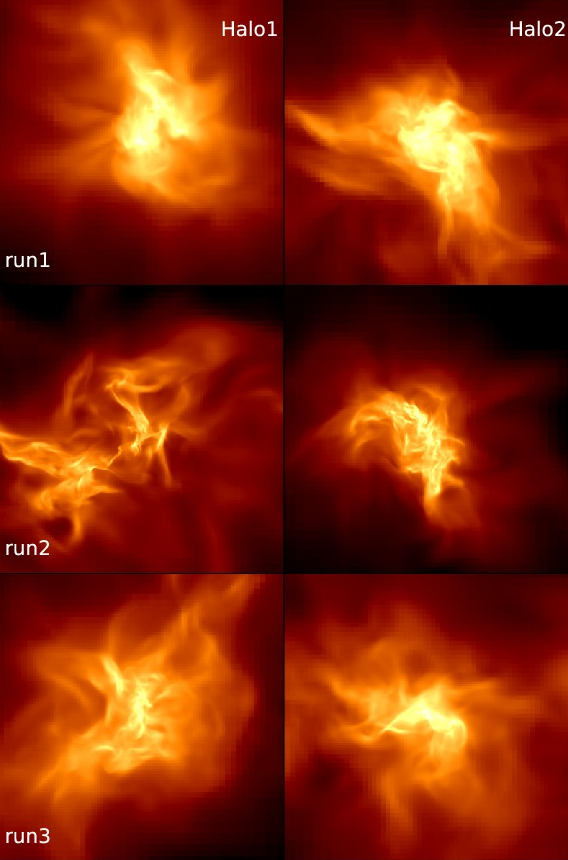
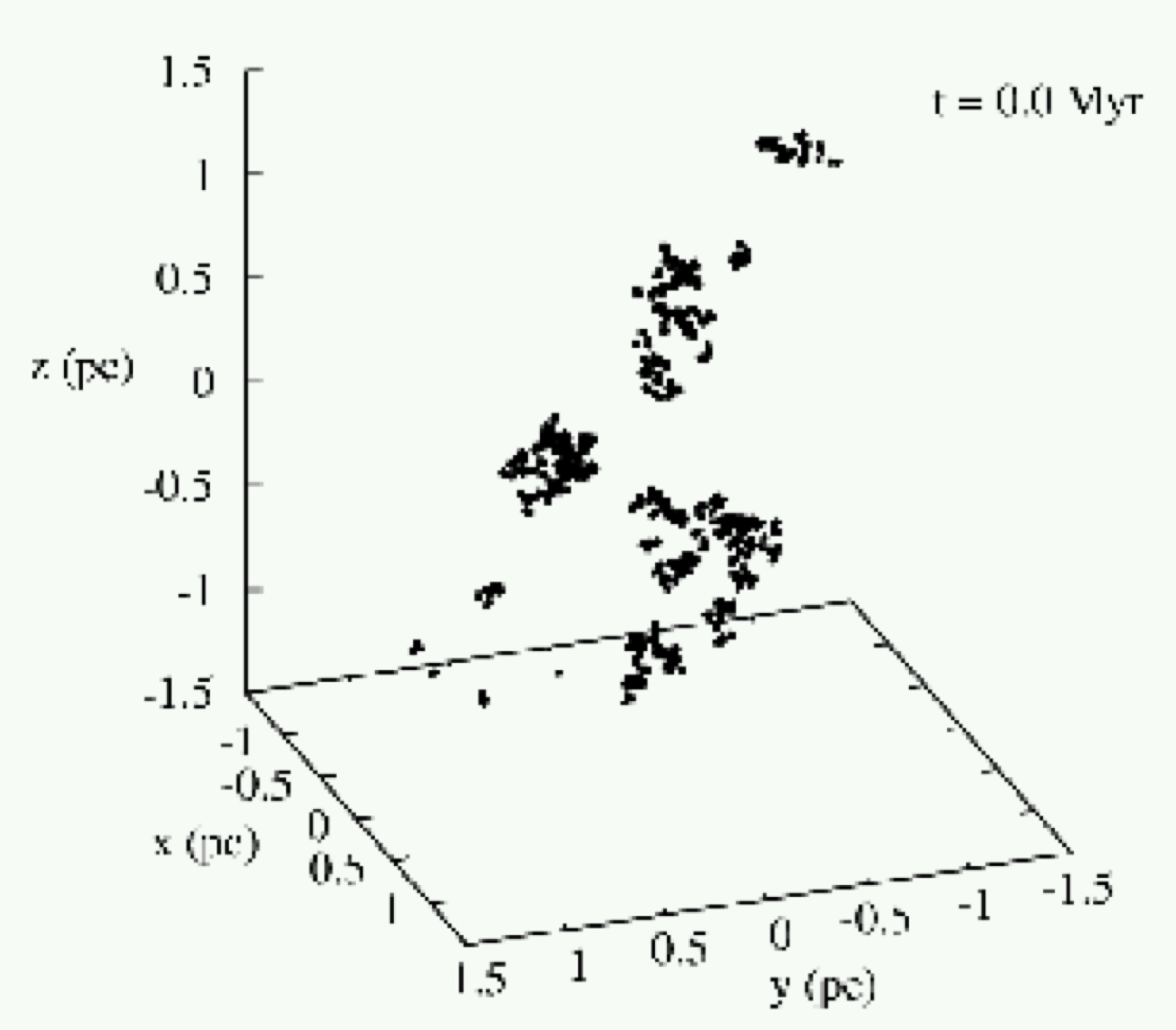
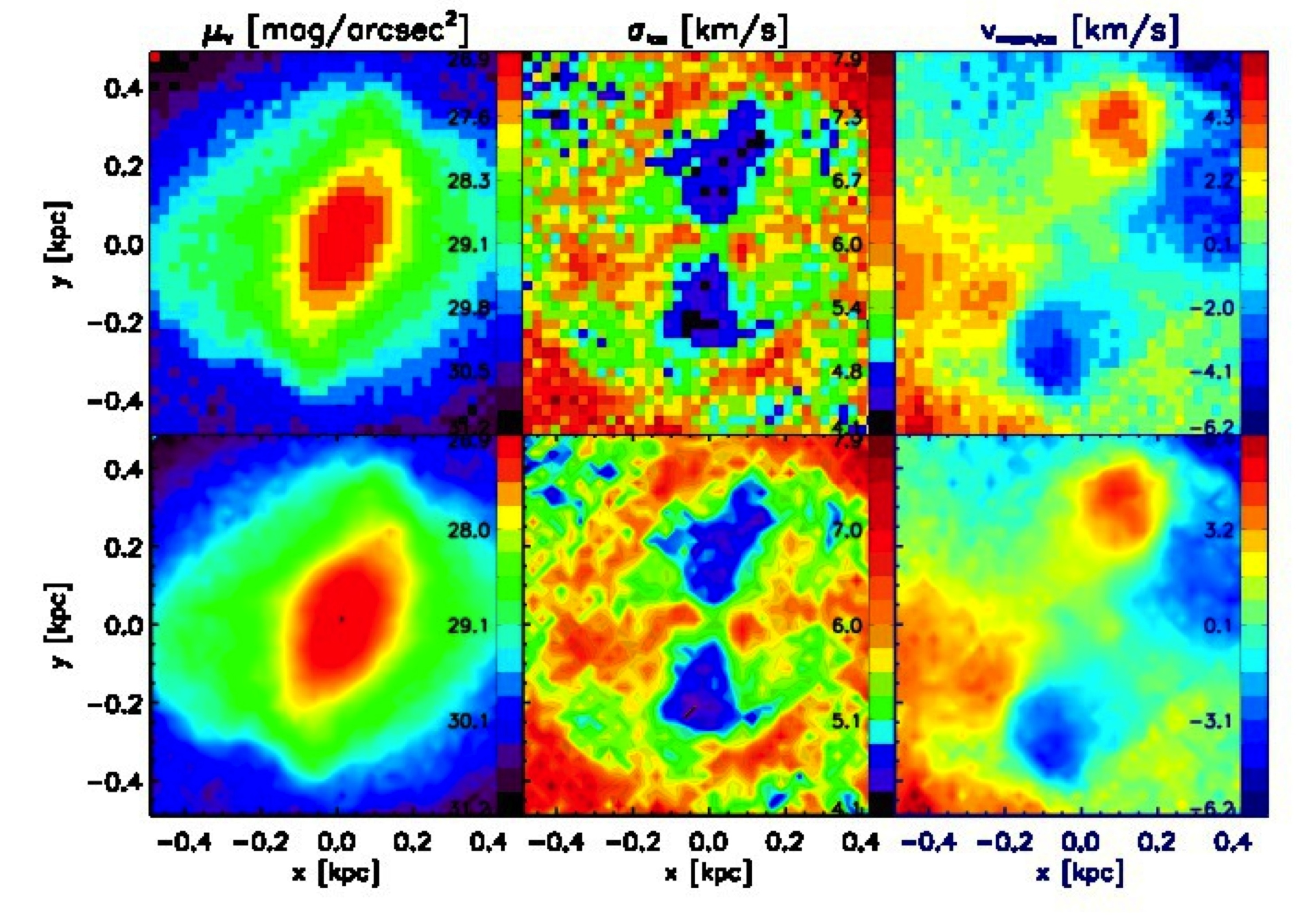
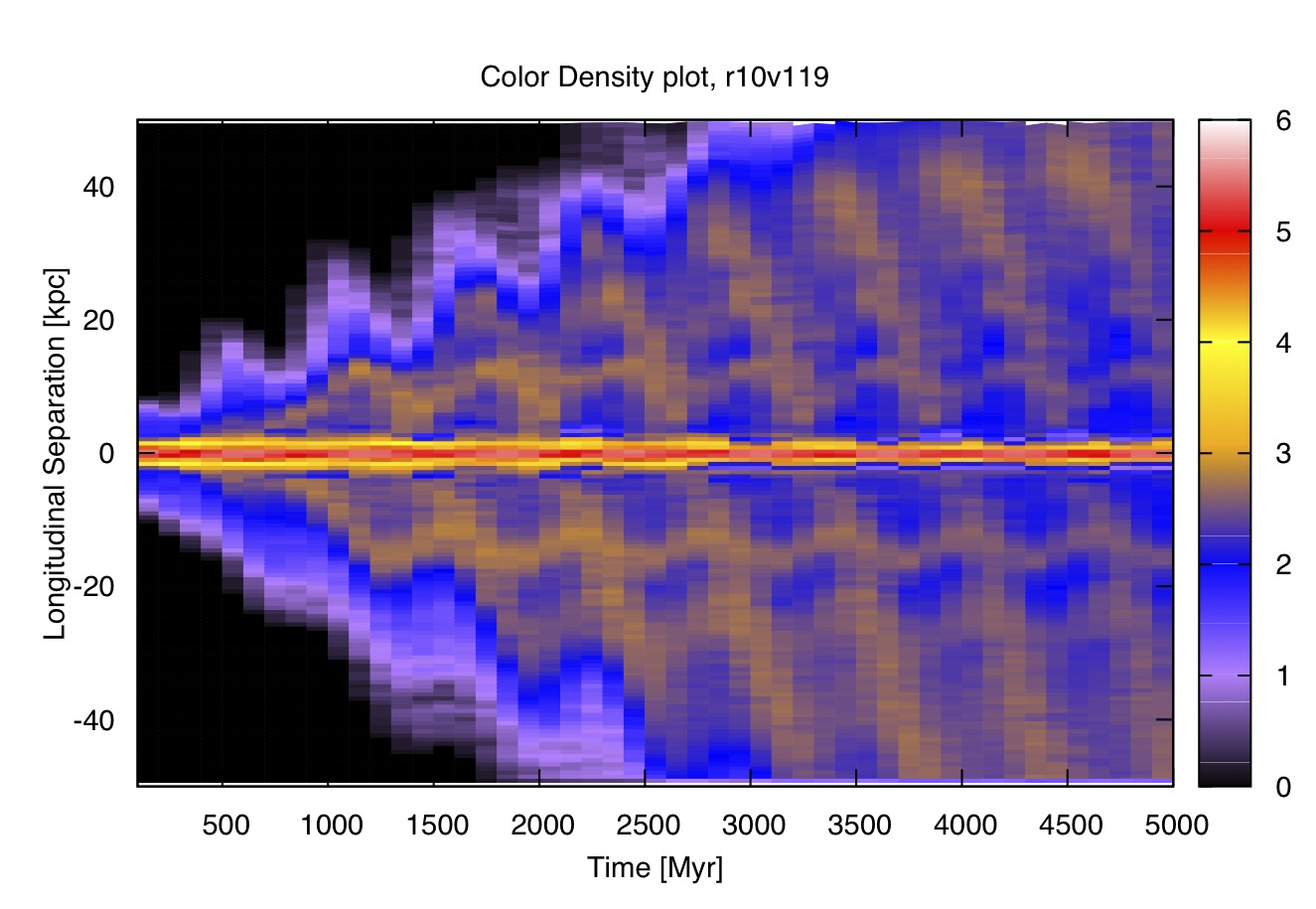
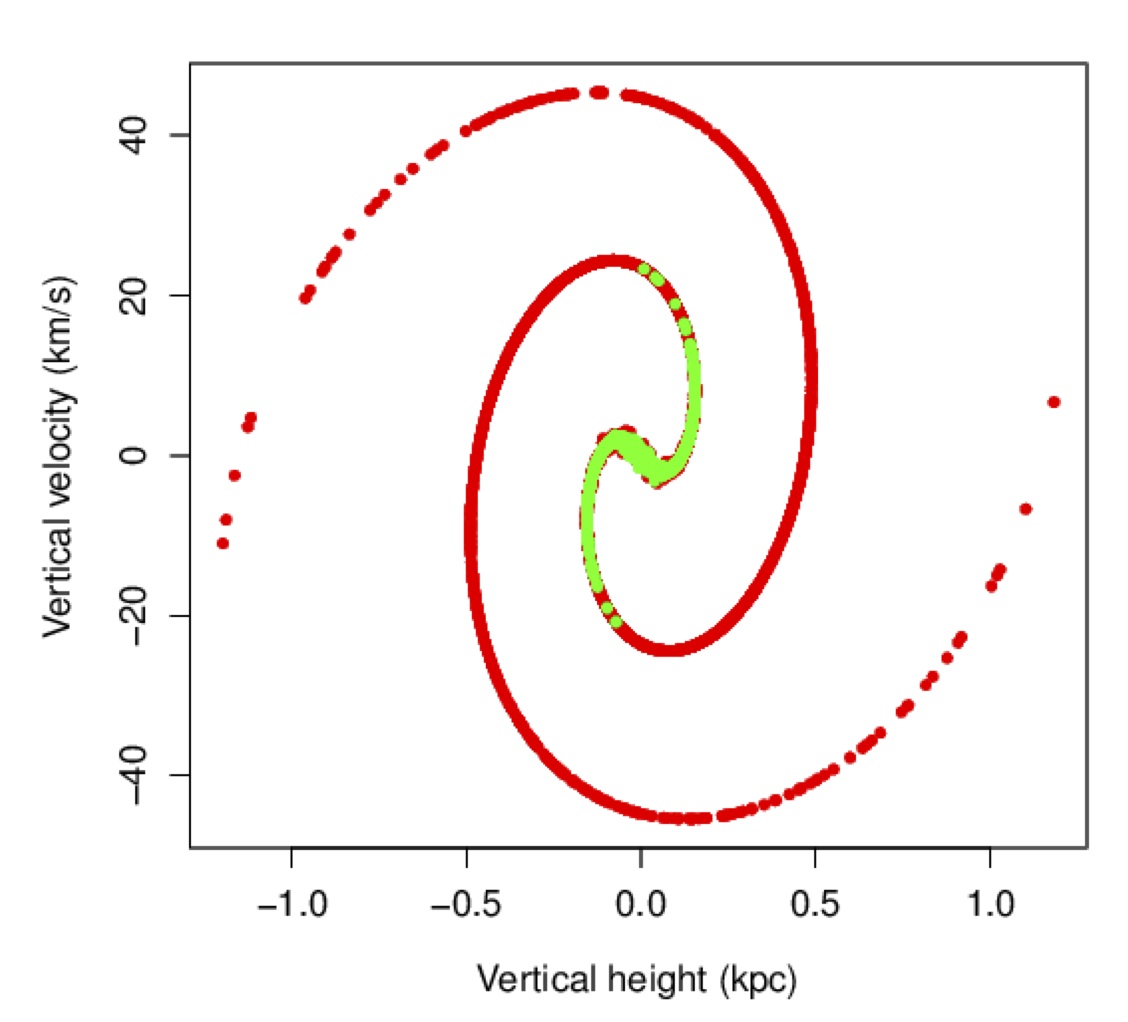
|
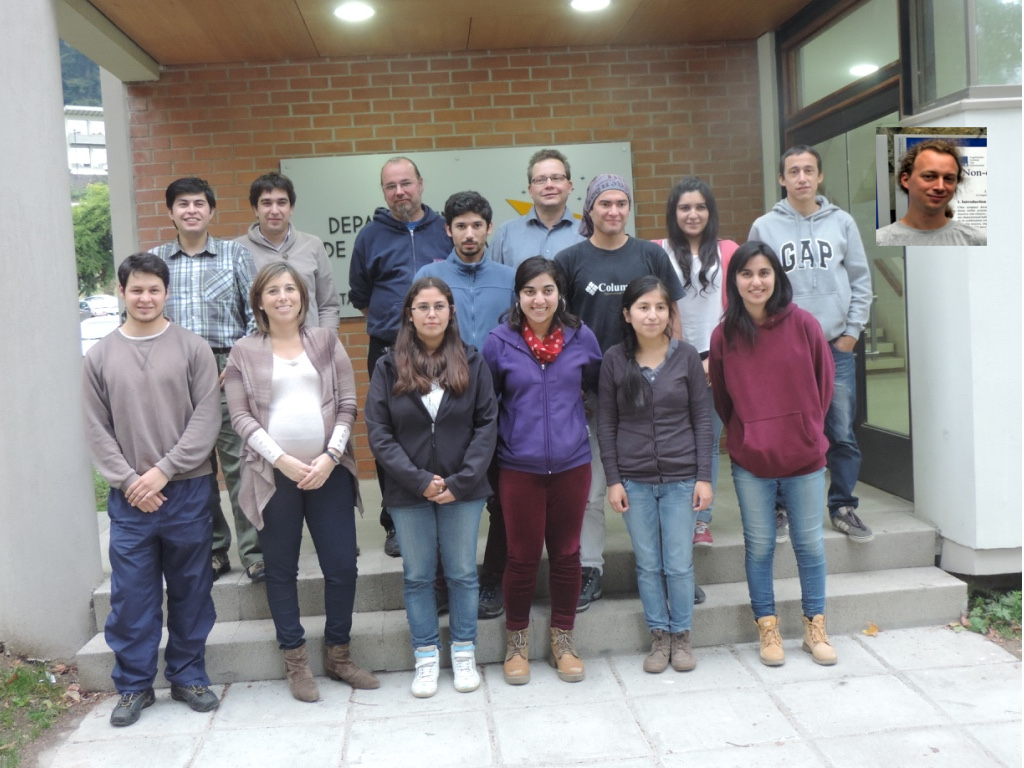
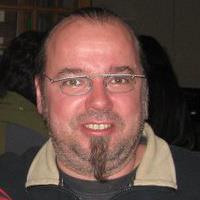
|
Dr. Michael Fellhauer
|

|
Dr. Dominik Schleicher
|
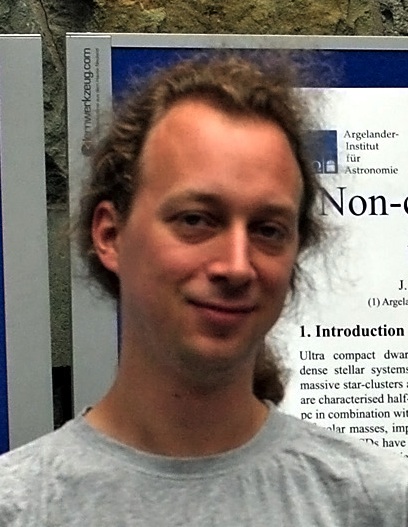
|
Dr. Joerg Dabringhausen
|
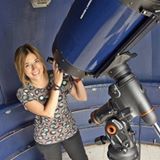
|
Dr. Paulina Assmann
|
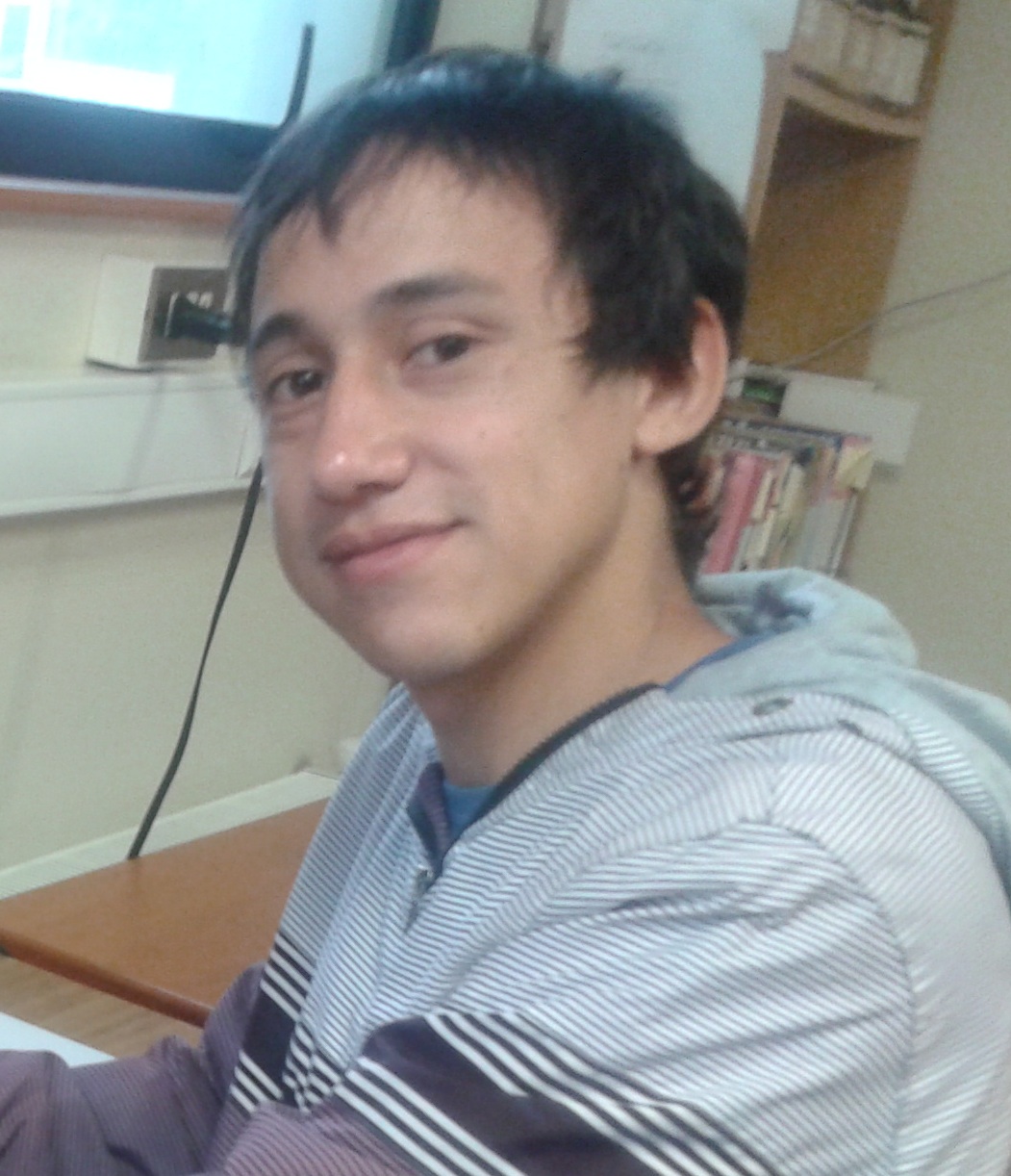
|
Raul Esteban Dominguez Figueroa
|

|
Alex Rodrigo Alarcon Jara
|
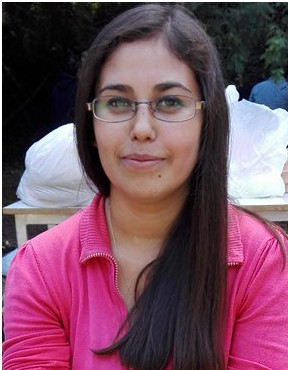
|
Jocelyn Nicole Hazeldine Lefenda
|

|
Catalina Andrea Aravena Nunez
|

|
Fernanda Cecilia Urrutia Zapata
|

|
Diego Rolando Matus Carillo
|

|
Bastian Alejandro Reinoso Reinoso
|
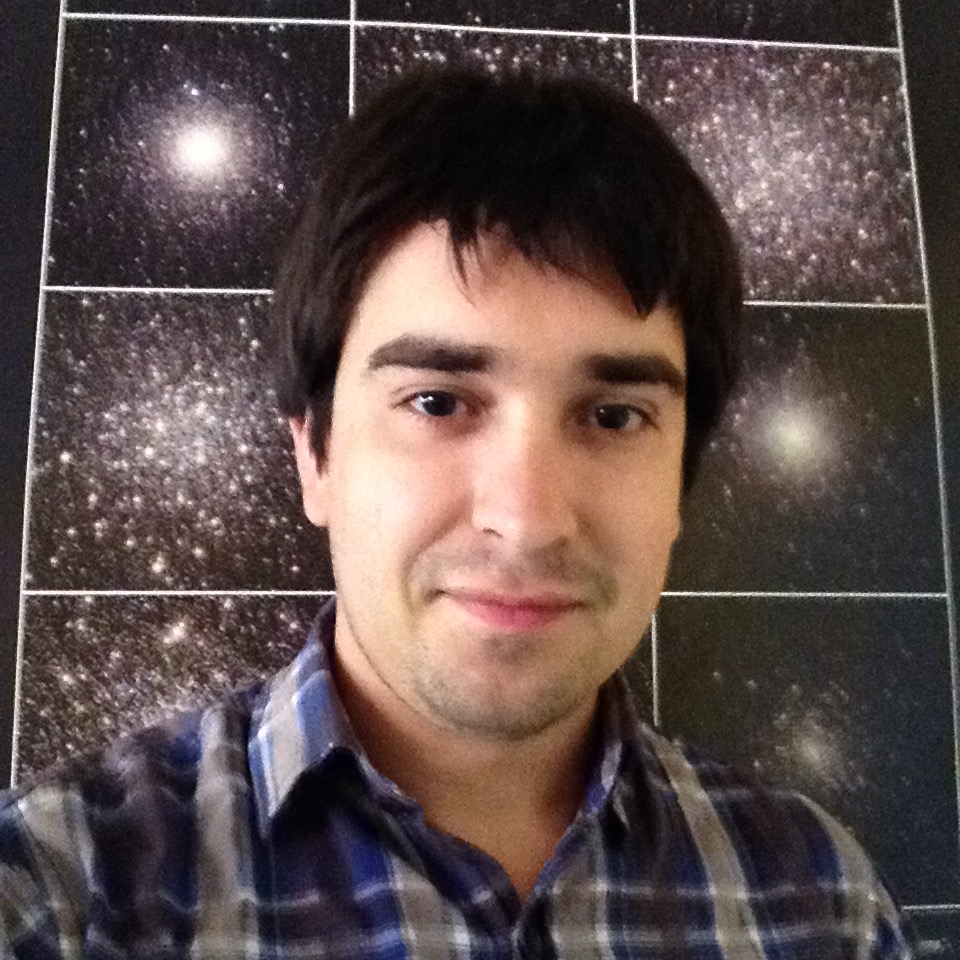
|
Alberto Antonio Letelier Finot
|
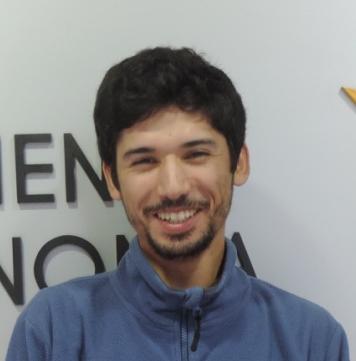
|
Marcelo Andres Figueroa Guerra
|


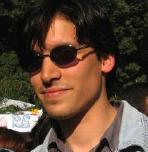
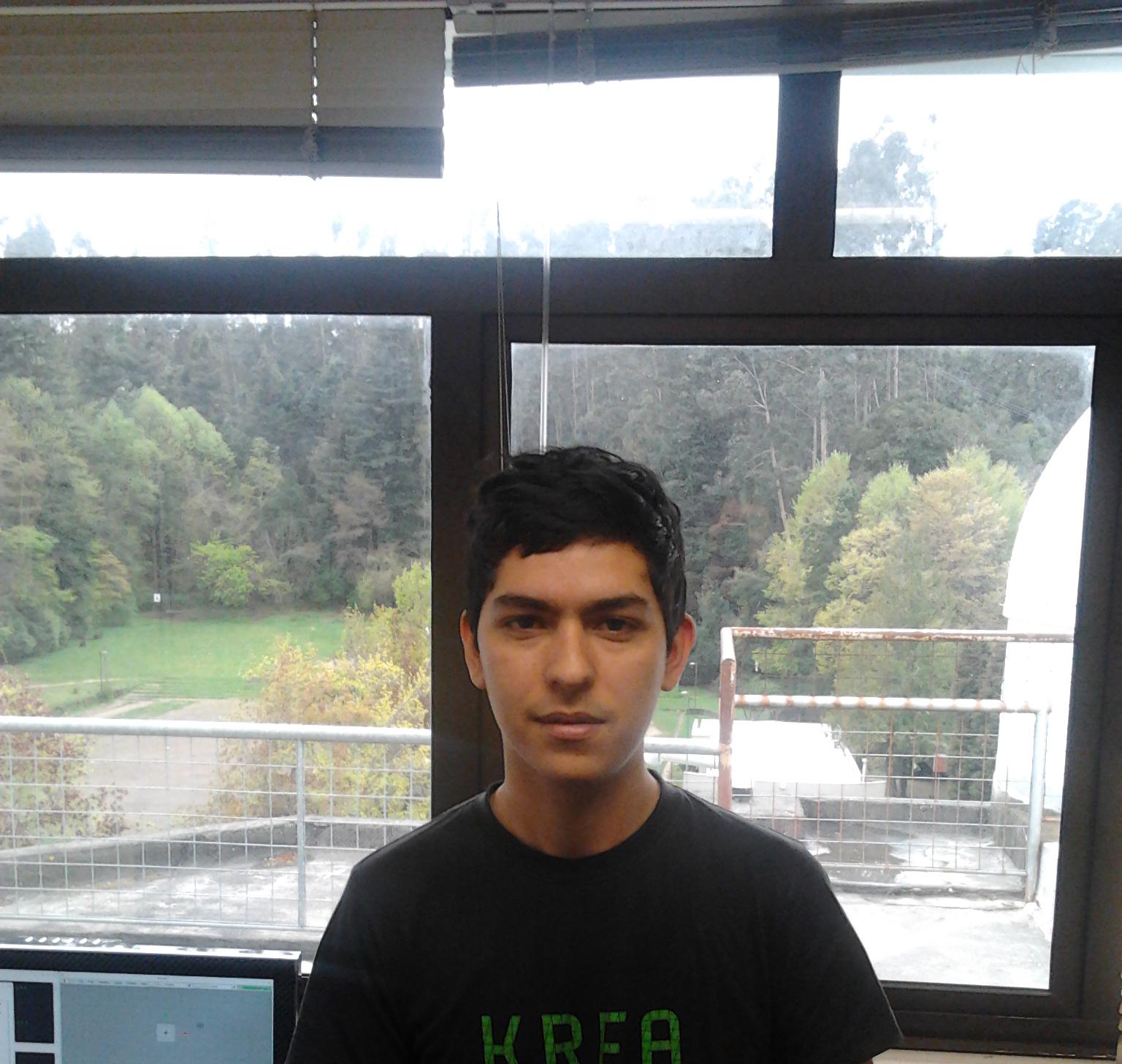
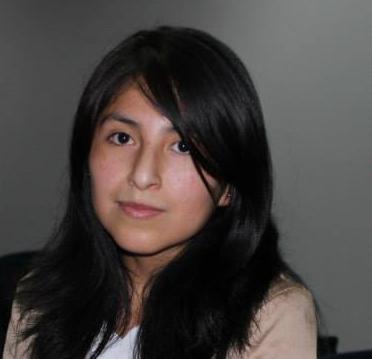
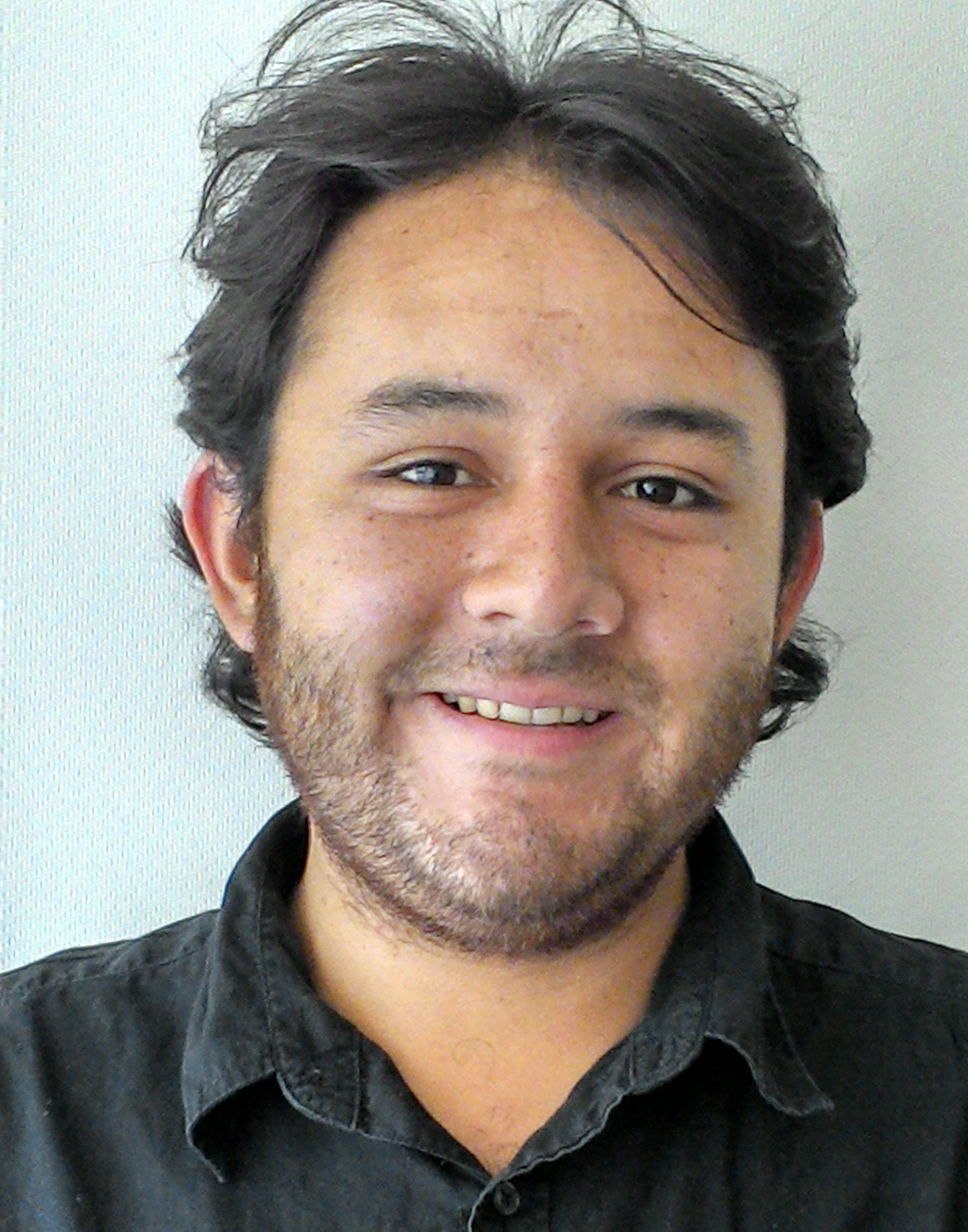
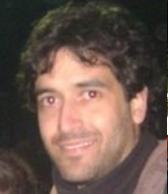
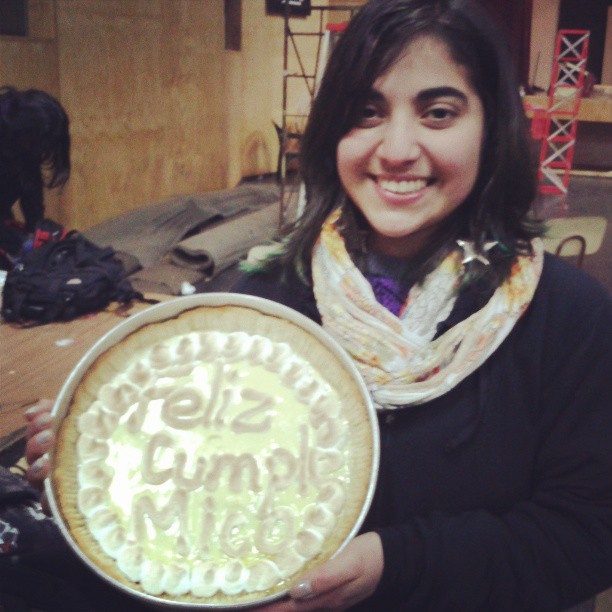
Faculty for Physics and Mathematics; the University of Concepcion from above; the central place of the university, new astronomy building
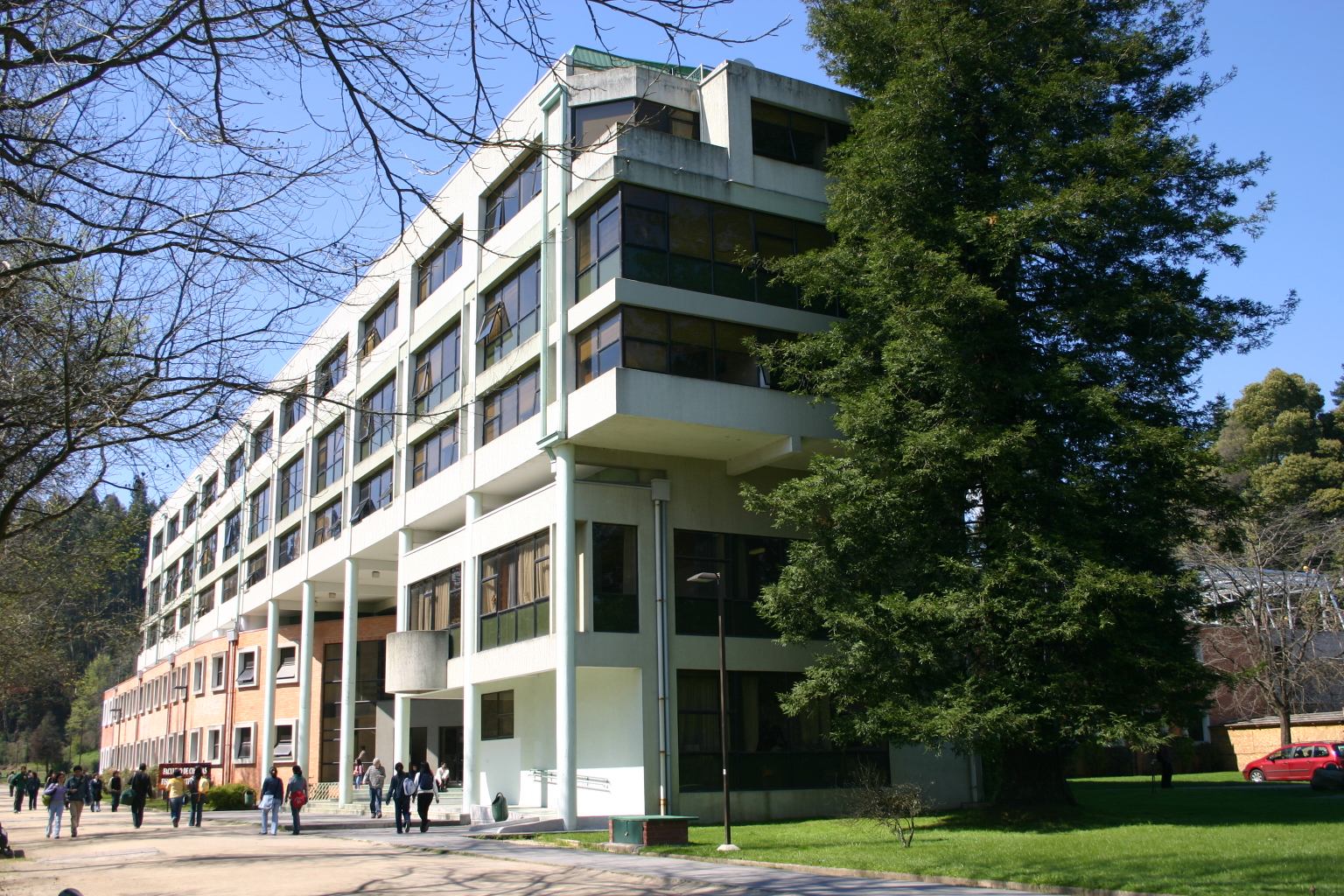 |
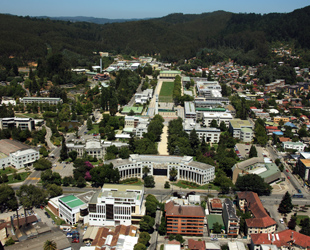 |
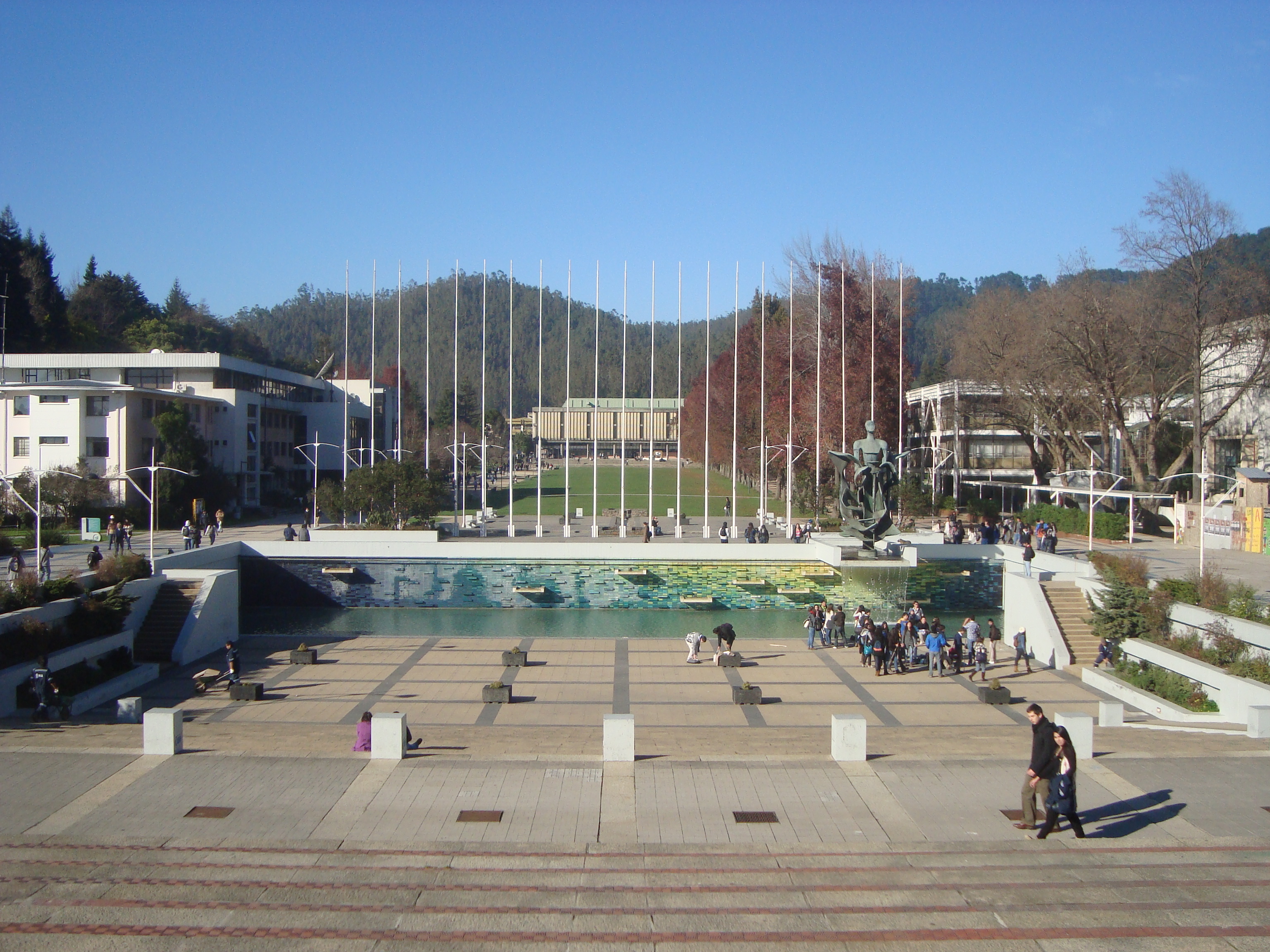 |
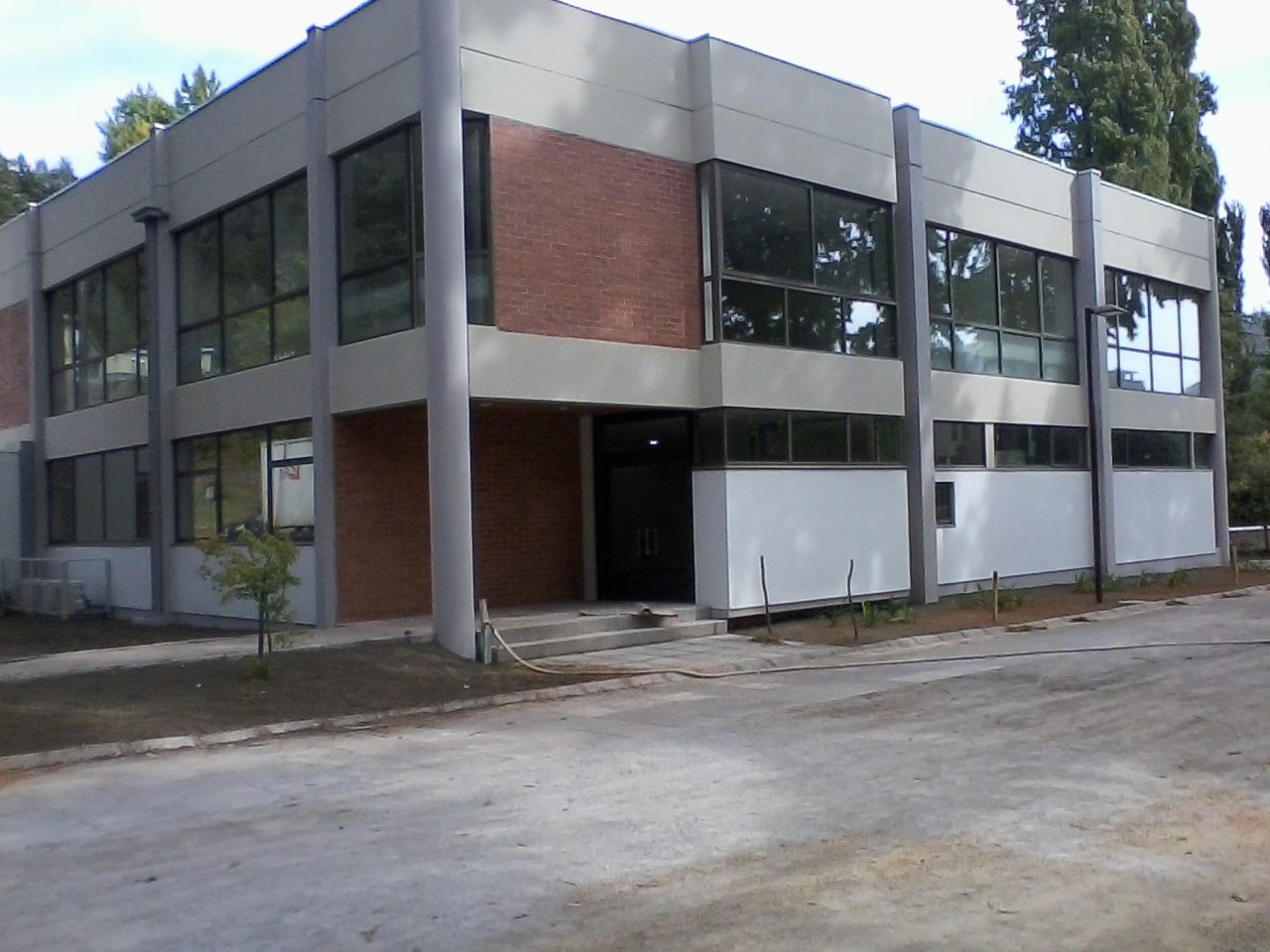 |
2016
2015
2014
2013
2012
2011
2010
2009
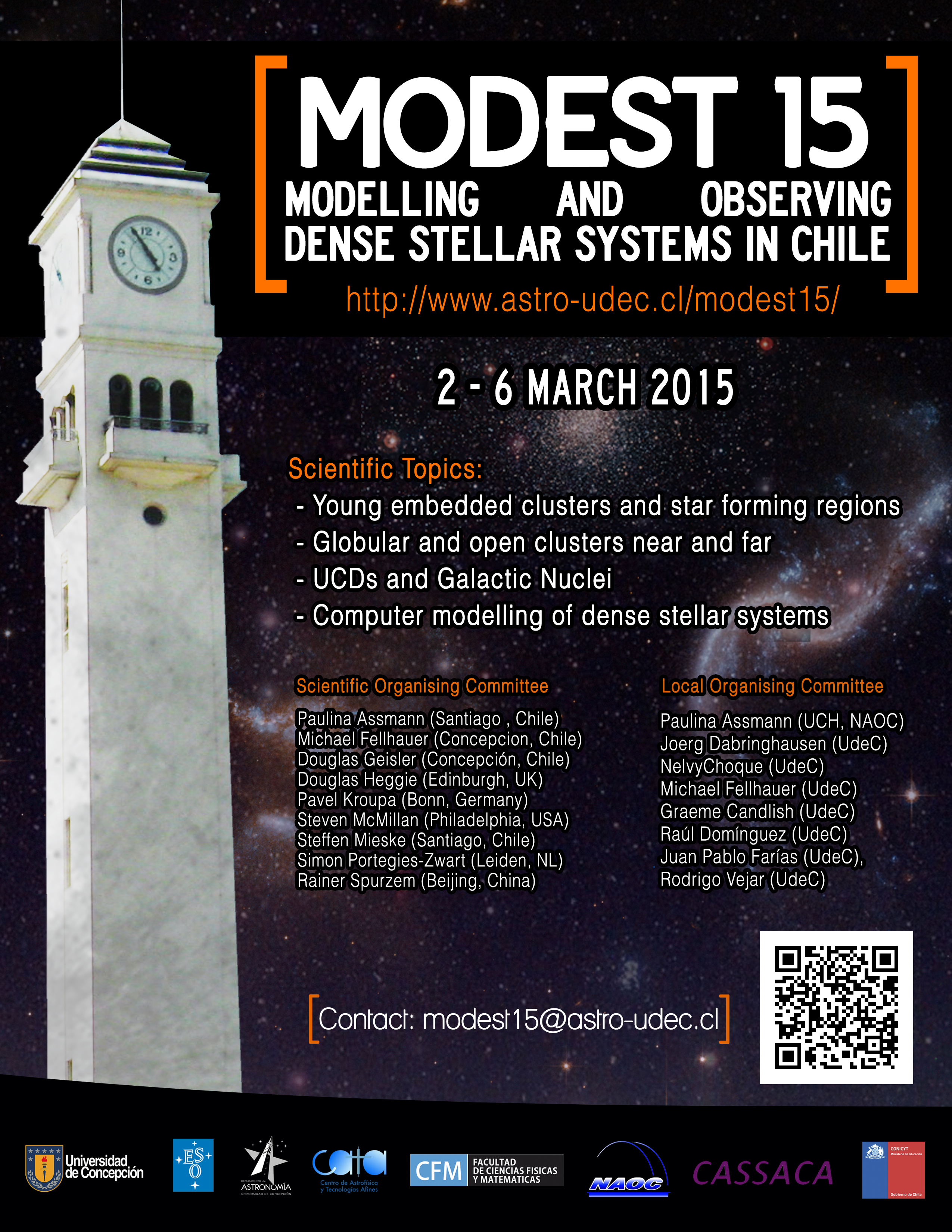
|
The Theory Group in Concepcion was hosting the |

|